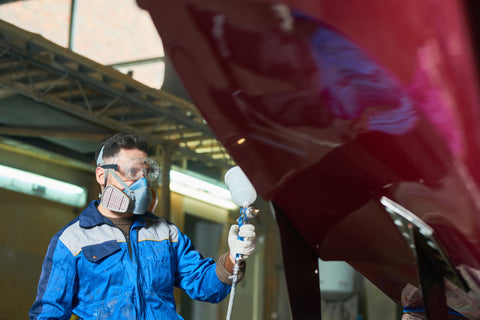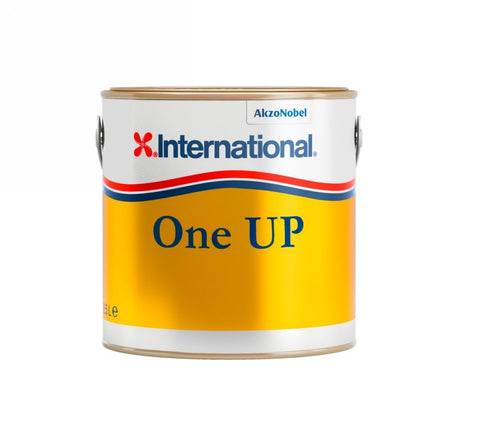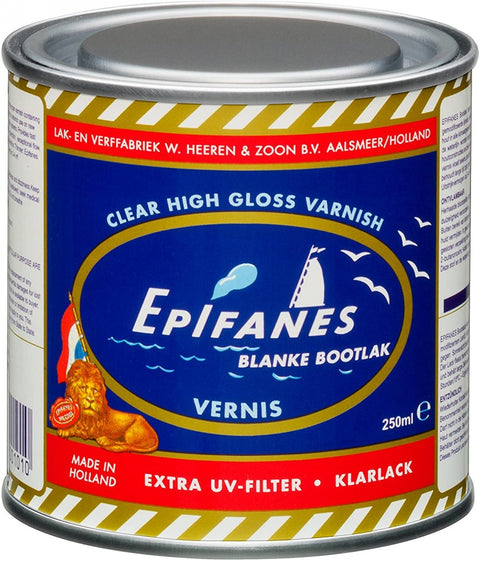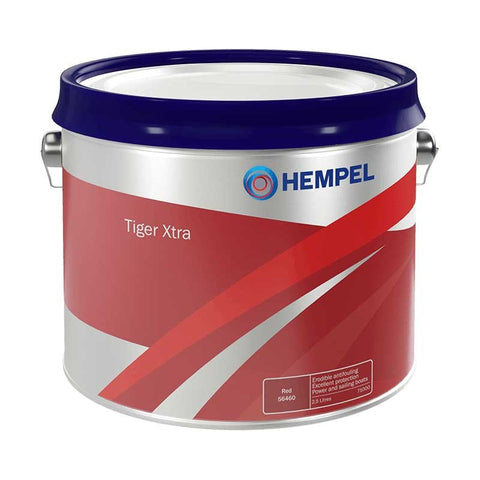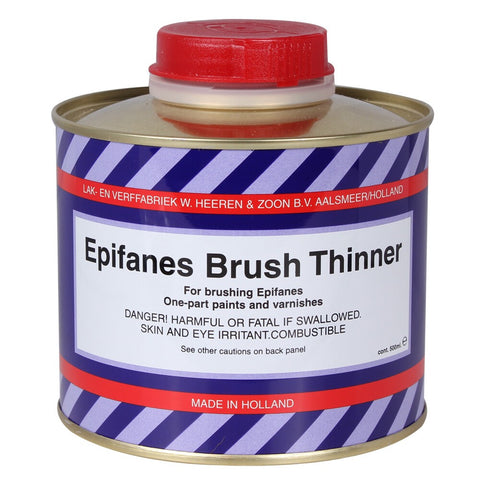Are you a proud new boat owner? Congratulations! Owning a boat can be an incredibly rewarding experience, especially when it comes to enjoying the outdoors and having fun on the water with family and friends.
But before you enjoy all that your boat has to offer, it's important to make sure it is properly maintained - and this includes using quality marine paints and coatings. So what are they exactly?
In this guide, we'll explain why they're so important for protecting your vessels from corrosion, wear and tear, UV light damage and more. You'll also learn about different types of marine paint and how to select appropriate ones based on your specific needs. Read on to ensure that your prized vessel looks great for years to come!
What is the difference between marine paint and regular paint?
Marine paint is specially designed to survive the harshest marine environments, like withstanding wind, rain, salt water or brackish water, UV light damage and more. For example, marine paint usually has additives such as zinc chromate to prevent corrosion or aluminium for added longevity.
Standard paint on the other hand may not be able to handle these rough conditions quite so well compared to its specialized counterpart.
The main difference is that boats in the marine environment are exposed to intense weather conditions, so paint must be formulated with extra-strength protection.
Typical high-performance topside and fibreglass paints provide UV resistance combined with excellent flexibility which ensures colour retention over time while also being more resistant to chipping, cracking and peeling damage.
What kind of paint do you use on boats?
Topside coats - also known as above the waterline paints
Topside marine coats are designed to protect your boat from salt water, UV sunlight, sand and other elements. These paints are formulated with specialized additives that provide superior durability and weathering protection. They are also available in a variety of colours and finishes so you can customize your boat's look while protecting it at the same time.
Popular types of above the waterline yacht paint
Deck non-slip paints – marine coatings specifically designed for boat decks. They are exposed to intense weather conditions and provide excellent flexibility. Their properties ensures colour retention over time while also being more resistant to chipping, cracking and peeling damage as well as intensive traffic on deck.
Some of the most popular non-slip decking paints are International Non Slip Interdeck or Hempel Non-Slip Deck Coating.
Boat interior paint – Optimal protection combined with a smooth and easy-to-clean finish can be achieved when using this solution inside cabins, hulls or bilges.
Here we recommend a range of interior boat paints such as Hempel Bilge and Locker Paint, International Toplac Plus or International Danboline paint for your bilge.
Below the waterline paint
Below the waterline paint is a different type of boat paint called antifouling paint. This special type of paint works by releasing biocides over time into the water which helps to prevent barnacles, algae and other organisms from attaching themselves to your hull.
Antifouling paint should be applied on an annual basis as well as after any repairs have been made to avoid costly repairs due to extensive organism growth on the bottom of your vessel.
Antifouling boat paint can be divided into two main categories - ablative boat paint or self-eroding and hard antifouling paint. Both types of boat paints are specially formulated to protect boat hulls from corrosion, wear and tear, UV light damage, barnacle growth and other aquatic organisms.
Self-polishing (ablative) antifouling
While out on the water or enduring movement from tidal currents, ablative paint will gradually erode away. As it does so, a fresh layer of biocide is exposed beneath - fending off any marine fouling creatures that may attempt to attach themselves to its surface.
Hard Antifouling
Hard antifouling coatings are designed to release biocide from the surface of the coating, serving as a formidable defense against fouling organisms. These coatings rarely wear down over time but can be affected by abrasive materials such as sand and silt which may lead to minor thinning of the protective film build.

What kind of paint do you use on a fibreglass boat?
Painting fibreglass boats typically requires the use of a specialized type of paint that is designed specifically to stick to and remain on a slippery non porous surface. The classification of paint used for fibreglass boats is either polyurethane or two-part epoxy paint.
Polyurethane Paint
Both types provide excellent adhesion, but polyurethane is slightly less expensive and easier to apply than epoxy, though it doesn't last quite as long. When selecting a colour, it's important to choose a top coat that contains UV inhibitors because it will be exposed to intense sunlight on the open water.
In addition, the paint should be able to flex with the movement of the boat without cracking or peeling off. For best results, applying multiple layers of primer and sealer prior to painting will create an even smoother surface and increase the longevity of your finish.
Another common type of paint used on fibreglass boats is known as "two-part polyurethane boat paint".
This type of paint forms a hard film that won't flake or peel when the boat is exposed to extreme temperatures, UV rays, and other environmental factors. It also helps protect against oxidation, which can lead to staining and fading over time.
Additionally, two-part polyurethane provides superior colour retention, meaning that the paint will remain vibrant for years after application.
Epoxy Paint
Two Pack Epoxy Marine Paint is a long-wearing, highly resilient coating that leaves behind an exquisite glossy finish on mild steel and other primed surfaces. This epoxy resin paint dries quickly to create a protective layer against wear and tear in any marine environment.
What kind of marine paint do you use on a wooden boat?
Enamel paint is an oil-based polyurethane marine paint for wood, both old and new, which provides a tough film with good adhesion, weathering properties, suitable for internal and external applications.
For those seeking paint that can flex with wood, the enamel boat paint is an ideal choice. With its bending properties, it prevents cracking when temperatures rise and fall.
To ensure optimal protection for your vessel, be sure to apply at least one coat annually - this will help make certain that your boat's longevity is maximized!
Is Marine paint waterproof?
Yes, marine paint is waterproof. It is designed to provide a protective layer against the harsh conditions of sea and saltwater, preventing rust and corrosion from forming on metal and wood surfaces.
Where to buy your marine paint from?
Fox's Chandlery is one of the biggest stockists of marine paint products in the UK , with a wide selection of boat paints from top brands such as International, Hempel, Teamac, Seajet and more.
You can find paints for every part of your boat - from underwater paint for the hull to interior and deck paints.
There is also a range of specialist marine primers available which are designed to help create an even surface before painting begins.
No matter what boat paint you choose, it is important to ensure you follow the manufacturer's instructions carefully and take all necessary safety precautions when painting. Make sure that you have all the tools and equipment needed for a successful boat paint job before starting. This will help ensure your boat looks its best for years to come!
There are many different types of boat paint on the market. You need to choose the right kind of paint for your boat. The type of paint you use will depend on the material of your boat and the environment it will be used in. If you are not sure what type of paint to use, ask a professional.

